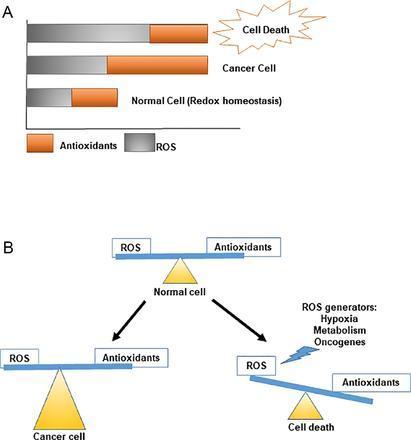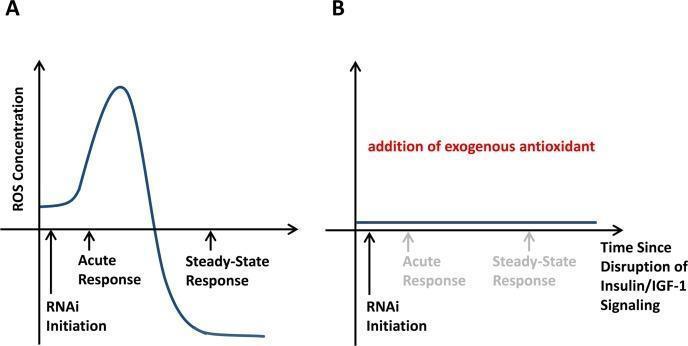Obi-wan
Member
- Joined
- Mar 16, 2017
- Messages
- 1,120
Obi-wan, do you take niacinamide, methylene blue, aspirin, magnesium, thiamine, antibiotics, thyroid etc.? Which supplements do you take, if at all?
Are you not worried about the possibility of permanent damage to your testicles happening with the mixture of the treatments for cancer, high ROS, and the antioxidant restriction?
Aitken RJ, Roman SD. Antioxidant Systems and Oxidative Stress in the Testes. In: Madame Curie Bioscience Database [Internet]. Austin (TX): Landes Bioscience; 2000-2013.
PubReader version: Aitken, R. J., & Roman, S. D. (2008). Antioxidant systems and oxidative stress in the testes. Oxidative medicine and cellular longevity, 1(1), 15-24.
Asadi, N., Bahmani, M., Kheradmand, A., & Rafieian-Kopaei, M. (2017). The Impact of Oxidative Stress on Testicular Function and the Role of Antioxidants in Improving it: A Review. Journal of clinical and diagnostic research : JCDR, 11(5), IE01-IE05.
Turner, T. T., & Lysiak, J. J. (2008). Oxidative Stress: A Common Factor in Testicular Dysfunction. Journal of Andrology, 29(5), 488–498. doi:10.2164/jandrol.108.005132
"In conclusion, the present study demonstrates that severe pathologic changes in the testicular tissue are associated with a high level of lipid peroxidation. These findings suggest that overproduction of ROS may play a role in the mechanism of testicular degeneration associated with infertility."
(Source)
I take aspirin, transdermal magnesium, and transdermal K2. Lots of Pau D'Arco and Pyrucet. The question is can one have high ROS without oxidative stress? Looks like a lot of environmental factors involved in oxidative stress of the testes. PUFA peroxidation seems to be a big stressor. At this point my highest priority is to kill the prostate cancer cells that have advanced into my bones.


